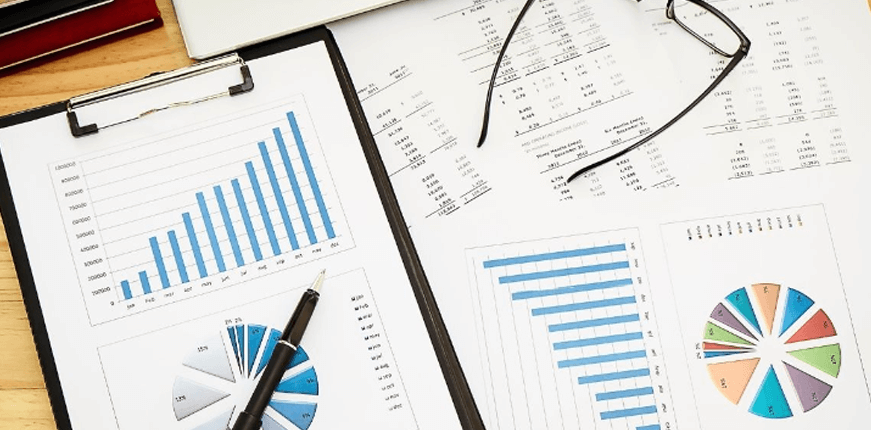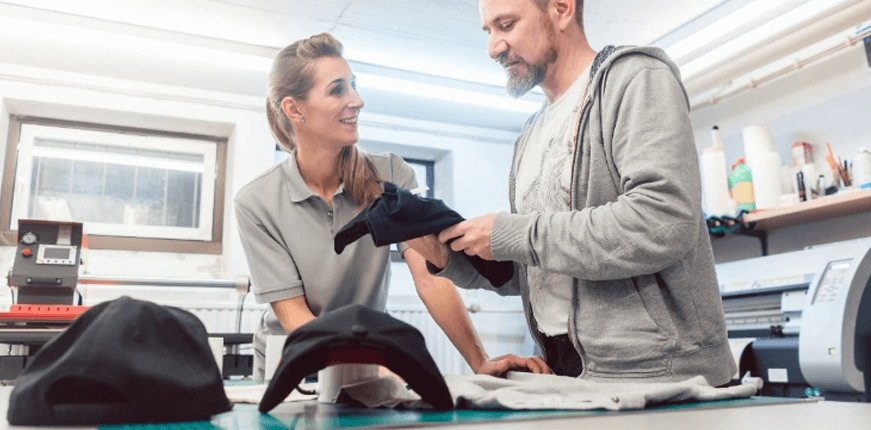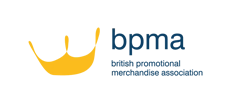
Measuring the ROI (Return on Investment) of your promotional product campaigns is crucial if you want to understand the effectiveness of the overall campaigns. After all, you want to know if your investments have been worth it and have yielded the desired results.
This guide will explain how to measure the effectiveness of your promotional product campaigns through defining your goals, choosing the most suitable products, and how to track your campaign so you can later measure the ROI.
Define Your Goals
The first step you’ll want to take is to define and establish clear goals. What do you want to achieve?
This could be improving brand awareness, increasing website traffic, lead generation, or driving sales. By defining these objectives from the beginning, it will allow you to shape your approach.
Choosing Promotional Products

Once you’ve outlined your objectives, you want to select the most suitable promotional products. It’s important to give careful consideration to ensure these products align well with your target audience, thus aiding in the achievement of your goals.
For example, if office professionals were your target audience, branded USB drives would be a good option to consider. Whereas branded luggage tags could be used when targeting those interested in travel, water bottles are a good option for those into fitness and eco-friendly products for those most concerned about sustainability.
Careful Distribution
After choosing the products that best fit your needs, you can proceed to establish a simple system for monitoring the recipients of these items. This ensures a clear understanding of the reach and effectiveness of your campaign in terms of brand exposure and its impact on the intended audience.
Keeping the branded USBs as an example, if you distributed these during a conference, you could ensure that you’re keeping track of how many were handed out to help identify the recipient profiles.
Analysing this data in relation to your target market allows you to assess whether they are reaching the intended audience.
You can experiment with different distribution methods from events and trade show exhibitions targeting new customers, to providing promotional items as part of a loyalty programme to encourage current customer engagement.
Track Sales
The number of sales remains the ultimate metric to measure the success of your campaign if this is one of your goals.
However, in order to understand which sales are linked to your campaign, you could create a unique promo code that must be provided when making a purchase, or a dedicated landing page that customers need to pass through.
For example, if you distributed branded tech, you could monitor the sales made through the unique promo code linked to these products.
Monitor Website Traffic

Establishing a connection between website traffic and your promotional products is essential if one of your goals is to drive new visitors to your website.
For example, you could create a unique landing page with specific goal tracking to monitor the website traffic attributed to this specific campaign.
Cost per Acquisition (CPA)
The CPA is the total cost of gaining a new customer through your campaign. If you want to calculate the CPA you need to add up all the costs associated with the campaign, this includes product production, distribution costs, and any other associated marketing expenses. Once you have this total cost, you can then divide it by the number of new customers acquired.
This number is the total Cost per Acquisition which provides a clear understanding of how much it has cost to bring in each new customer through your campaign, thereby helping you evaluate the efficiency of efforts in attracting new audiences.
Analysis & Reporting

Once you have gathered all your data, the next step is to conduct a thorough analysis to identify what worked and what didn’t.
The goal is to extract actionable insights that not only show how successful your campaign was, but also drive and shape future promotional product strategies.
This analysis will reveal areas for improvement, which means you can be proactive in adapting your strategy in the future.
You may wish to tweak the product selection, target a different audience, or adjust distribution methods. The ability to adapt is key to optimising your strategy.
Takeaways
In summary, assessing the ROI of your promotional product campaign is crucial for recognising successful strategies and areas that can be enhanced in the future.
Establishing specific goals, selecting appropriate products, and diligently tracking and analysing data puts you on the path to success. Keep in mind, adaptability is a valuable asset, and acknowledging achievements propels momentum for future success.
If you feel that USB promotional products would be suitable for your next campaign, or you would like to learn more about our extensive product range of branded tech, why not get in touch with us today?



